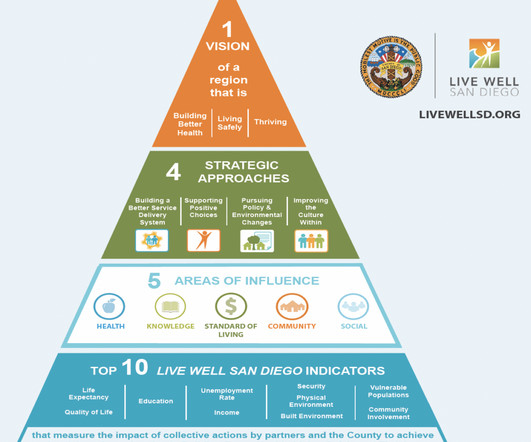Impact of hospital mergers on quality: a case study
Healthcare ECONOMIST
JANUARY 14, 2022
Before the merger, funding was lacking for technology and infrastructure investments to support quality improvement. As a result, there was variation from standard clinical practice, such as sending patients for elective procedures through the emergency department. How were these quality improvement achieved?











Let's personalize your content